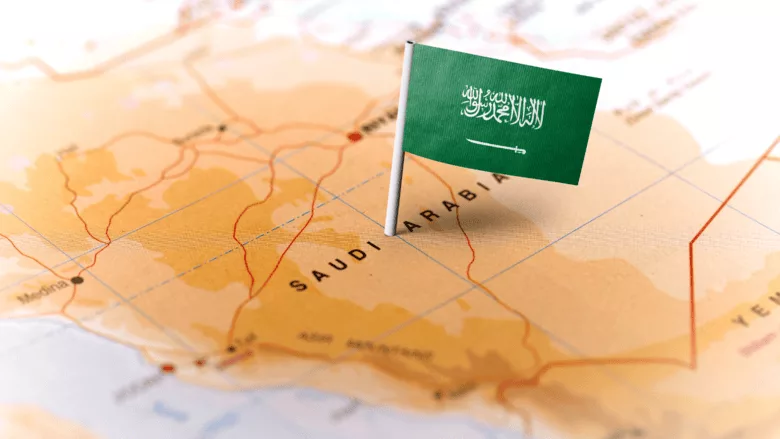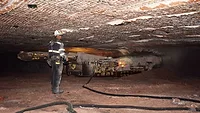U.S. and Saudi Arabia Sign Energy and Critical Minerals Agreements
The "$600 billion investment pledge" raises questions over timing and transparency.

Image via Mark Rubens from Getty Images Signature
In what’s being touted as a breakthrough in U.S.–Middle East relations, the United States and the Kingdom of Saudi Arabia have inked two major cooperation agreements—one on energy and another on critical minerals. Yet, amid the handshakes and sweeping promises, a fair share of skepticism is simmering beneath the surface.
The signings, held in Riyadh on May 13th, featured U.S. Secretary of Energy Chris Wright and Saudi Arabia’s Minister of Energy, Prince Abdulaziz bin Salman Al Saud, as well as Minister of Industry and Mineral Resources Bandar Alkhorayef. The agreements came under the banner of a U.S. delegation led by President Donald J. Trump, who also announced a purported $600 billion investment commitment from Saudi Arabia.
“These are historic deals,” Secretary Wright proclaimed, promising mutual prosperity, innovation, and strengthened energy infrastructure. He hailed the partnership as a cornerstone of President Trump’s foreign policy vision—“prosperity at home and peace abroad.”
But as the cameras flashed and the speeches rolled, industry analysts and political observers were quick to ask: What exactly is being signed here—and who benefits?
Energy, Innovation… and Influence?
The first Memorandum of Understanding (MOU) on energy outlines broad plans for cooperation in petroleum refining, electricity generation technologies, and the use of artificial intelligence in energy systems. While the language emphasizes “clean cooking solutions” for developing countries and energy innovation, details remain vague.
Of particular interest—and concern—is the inclusion of civil nuclear cooperation. The agreement sketches collaboration in uranium mining, nuclear reactor technologies, and nuclear waste disposal, with a stated commitment to safety and nonproliferation. Still, the prospect of sharing advanced nuclear technology with a nation that has not signed on to all key nuclear oversight agreements is likely to draw scrutiny from watchdog groups and U.S. lawmakers alike.
The Critical Mineral Rush
The second agreement, a Memorandum of Cooperation (MOC), targets the global race for critical minerals—those essential for everything from smartphones to electric vehicles and military hardware. The U.S. and Saudi Arabia plan to coordinate on mining, processing, and building a skilled workforce to support mineral innovation. Again, however, specifics are thin. No binding investment figures were released. The document, while forward-looking, serves more as a framework than a contract.
- And with China still dominating the global mineral supply chain, the urgency to create an alternative is clear—but whether Riyadh is the answer remains uncertain.
A $600 Billion Question
Stealing the spotlight was President Trump’s big claim: a $600 billion investment pledge from Saudi Arabia. Sounds huge—but there’s a catch. Critics quickly pointed out there’s no paperwork, no clear plan, and no real proof the money’s coming. In fact, these kinds of big-dollar promises during flashy state visits often sound better than they actually turn out—more talk than action.
In the end, while these agreements may represent diplomatic choreography with high stakes and higher headlines, the actual content leaves plenty of questions unanswered. Skeptics are asking: Are these deals meant to shift geopolitics—or just headlines?
For now, the ink is dry. But whether it marks the start of a new energy era or just another round of international optics remains to be seen.
Looking for a reprint of this article?
From high-res PDFs to custom plaques, order your copy today!






